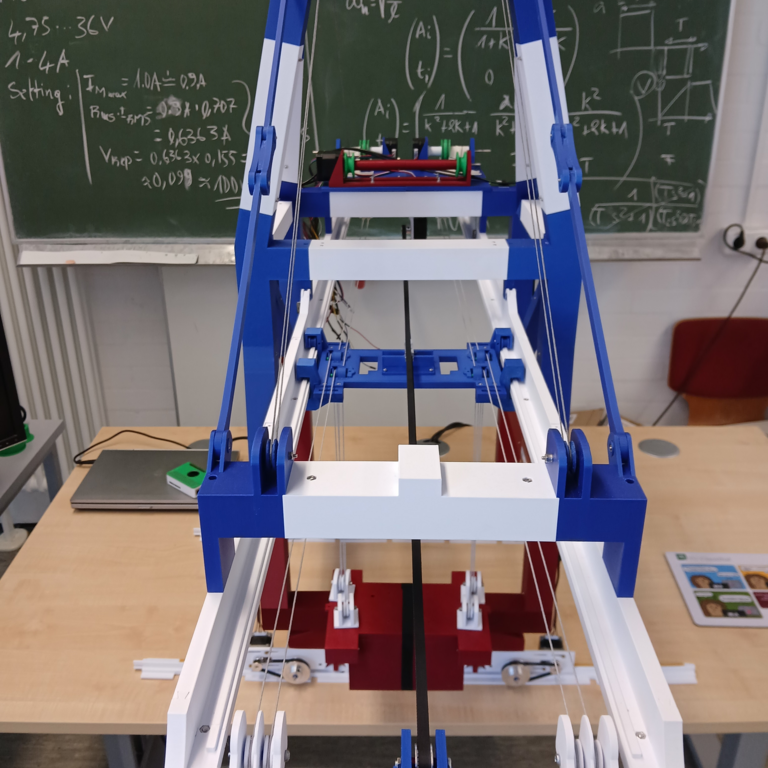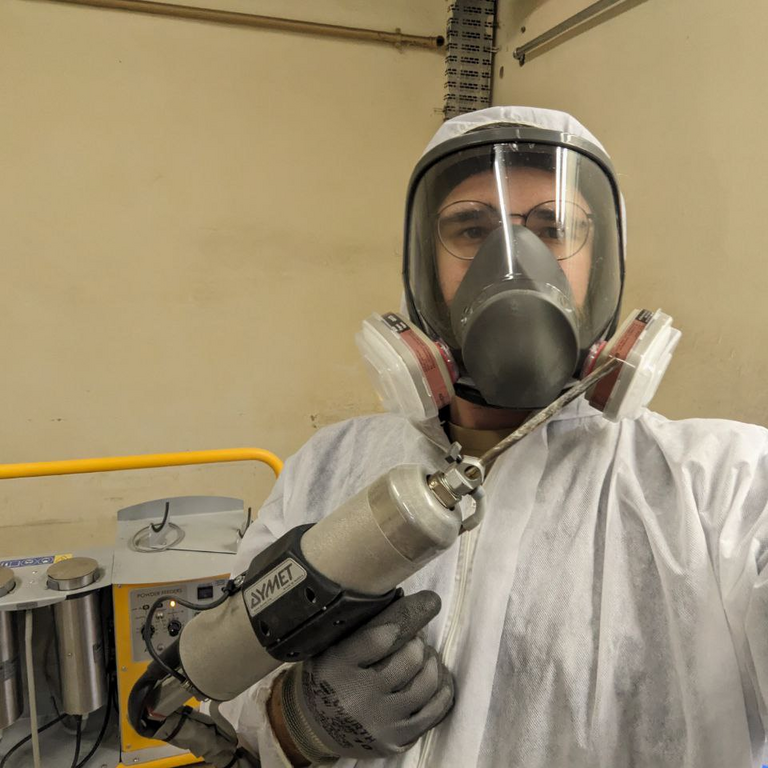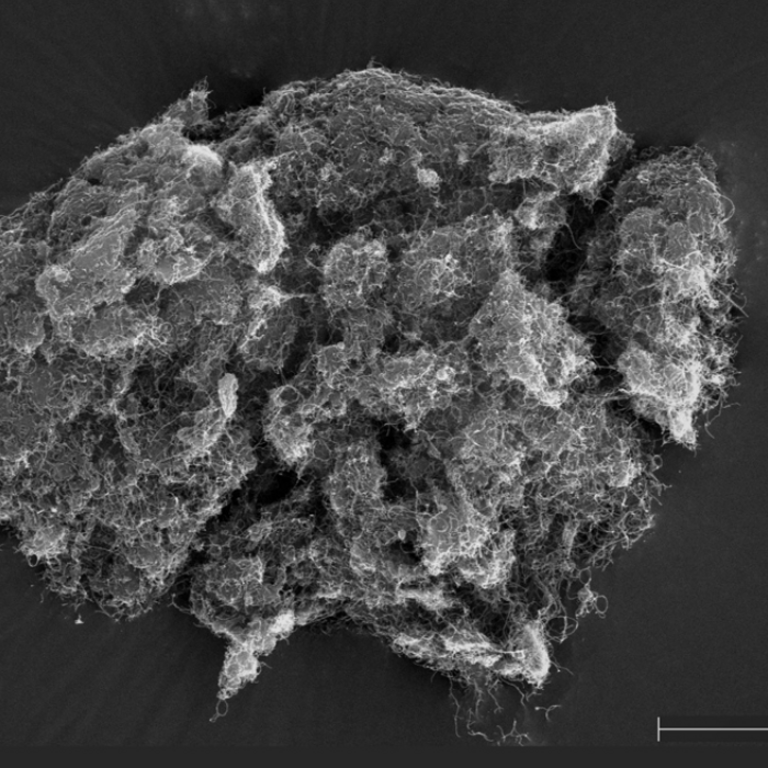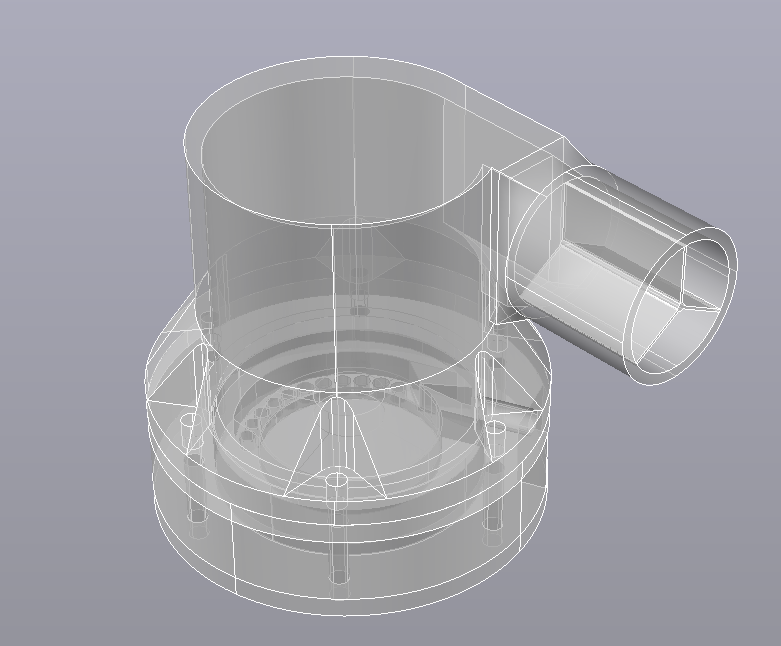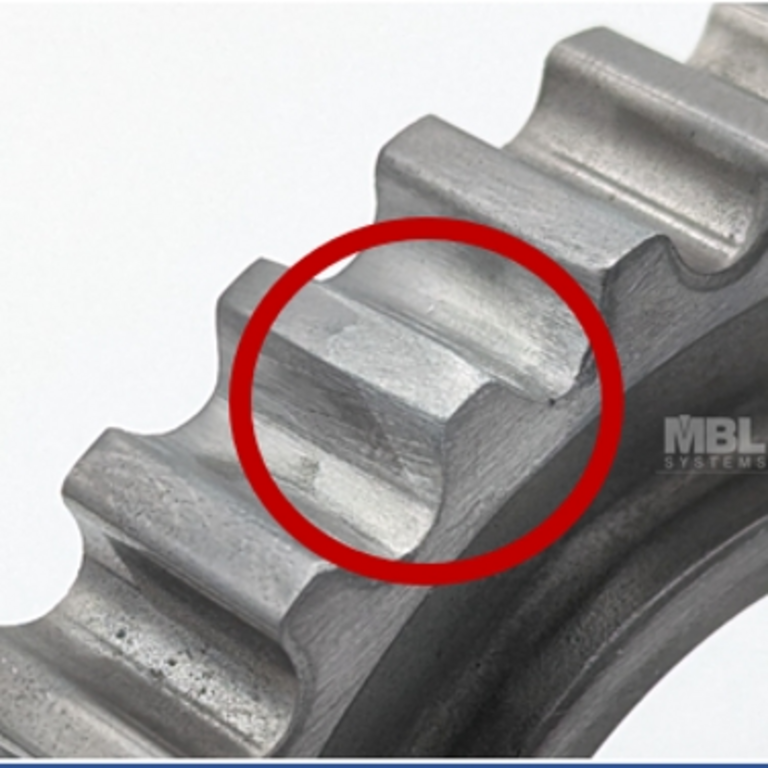Koopman
For a general nonlinear system characterized by state x and flow Ft, the objective is to identify an appropriate set of nonlinear functions, referred to as observables, denoted by p(x). The temporal evolution of these observables is governed by the Koopman operatorKt. It can be demonstrated that the Koopman operator constitutes a linear infinite-dimensional operator. This methodology yields an equivalent representation of the system comprising a nonlinear operator (the vector of observables) alongside a linear dynamical system (the generator of the Koopman operator). Both components can be effectively learned to utilize neural networks. Notably, Deep Operator Networks (DeepONet) \cite{Lu21} exhibit significant promise for future research endeavors, as they are capable of representing the underlying infinite-dimensional function space associated with the observables. From a control engineering standpoint, a primary advantage lies in the linearity inherent in the system dynamics, which facilitates straightforward design processes for linear controllers.
